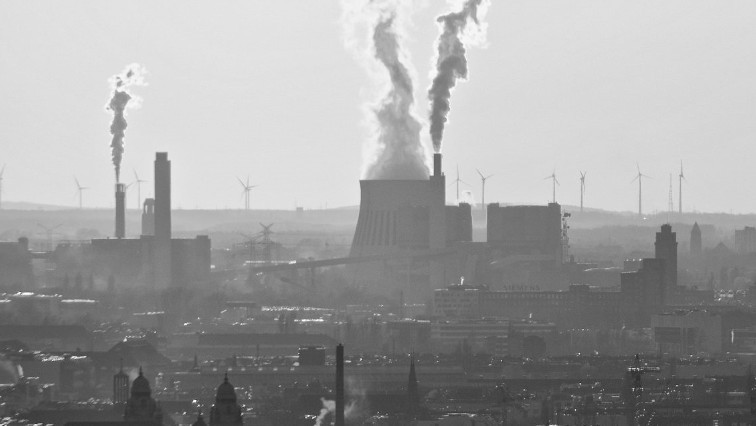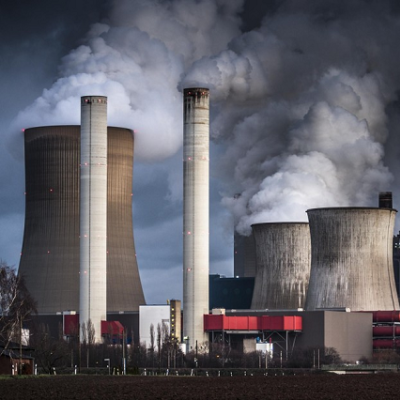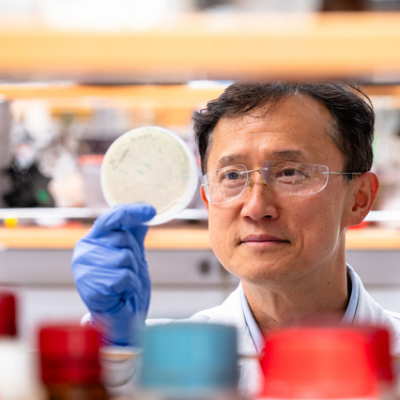Massive investment in wind, solar and tidal “farms” are the tip of the spear, but let’s not forget the work that has been done in the last two decades by the motor industry.
In the last 18 years engine manufacturers have managed to improve diesel and petrol engine standards from Euro 1 engine certification to the Euro 6 engines used today. In this time fuel efficiency has improved by around 15% through improved design and the next generation of internal combustion engines, which will be Euro 7 engines, are set to improve those standards yet further.
For the first time in many Euro classification upgrades, CO2 is back on the table, with a 20% reduction target for CO2, which is a huge shift in emphasis. Since Euro 2 engines were introduced, CO2 reductions through engine design have taken a back seat with a 2-3% target from Euro 3 to 4, 4 to 5 and Euro 5 to 6, with the focus instead being on suppressing post combustion gases like nitrous oxides (NOx), and for a very good reason.
NOx can be reduced without reducing fuel consumption, which preserves volume demand and keeps the fuel producers happy. There are many post combustion solutions available from AdBlue to exhaust modification units, which effectively scrub (suppress) NOx after it has been created during the fuel combustion process.
Without NOx there would be no smog and NOx is also linked to respiratory illnesses, particularly in children, so products like AdBlue are used on a global scale because they reduce NOx by around 80%. However, a consensus of scientists has confirmed CO2 is the reason for global warming and therefore must be addressed in transport.
“Big Oil” is a term used to describe a coalition of fossil fuel companies with massive financial and political influence, who have managed to maintain focus on post combustion gases, such as NOx and way from CO2. The reason for this is that volume demand for fossil fuels and CO2 are directly related, in that the only way to reduce CO2 emissions is to physically use less fuel. To explain, CO2 is an unavoidable consequence of releasing energy from a hydrocarbon, therefore the only way to reduce CO2 by 20% is to reduce fuel consumption by 20%. This would have a huge negative impact on volume demand for fossil fuels and why Big Oil has consistently and successfully lobbied against it, until recently.
The other big shift in emphasis is a move away from calculated emissions to measured emissions. This is a topic that very few people are aware of, but when nations and big corporations publish their “CO2 footprint” information, no actual emission measurements have been done, instead they use a simple formula, which assigns 2.4kgs of CO2 for every litre of diesel they have used. The use of electricity and petrol are done in a similar way with a different CO2 kgs per unit used to make these calculations.
Euro 7 Challenges
Engine manufacturers working on Euro 7 prototypes are all coming up with the same problem. How do they reduce CO2 (fuel consumption) by 20% in one engine evolution from Euro 6 to Euro 7, when they have only managed to come up with a 15% improvement over 6 engine evolutions spanning 18 years? The simple answer is they can’t, it’s not physically possible through either engine design alone or a combination of engine design and new greener fuels.
Engines have physical limitations that dictate how much of the fuel can be converted to energy (motion). In today’s most efficient diesel engines this is around 35% and is technically referred to the stoichiometric balance, which is more commonly referred to as the air to fuel ratio (AFR).
The fundamental principle used by all internal combustion engines, which ensures they run smoothly, is that air is drawn into an engine cylinder, compressed, fuel is injected in and then it ignites. The resulting explosion drives the piston down, turns the crankshaft, which creates motion in a vehicle. The limitation is that fire cannot exist without air and in all cases there is never enough air to combust all of the fuel.
This explains the 35% efficiency and it also explains why we have engine emissions, which are made up of un-combusted fuel, partially combusted fuel and combustion gases. This is referred to as “incomplete combustion” and is a fixed characteristic in all internal combustion engines.
The leading developers of Euro 7 prototype engines are Volvo and Scania and they have been able to get close to, or surpass, the Euro 7 certification requirements in all areas of compliance except the 20% reduction in CO2, which at present, is seen as unachievable.
How can nanotechnology help?
Relatively speaking, nanotechnology is a new field of scientific discovery, which is having a global impact in many different fields of commerce, industry and even military applications. For example, larger more efficient wind turbines are only possible today because carbon nanotubes are used in their blades, which reduce weight and increase tensile strength allowing them to be made larger and break under their own weight.
In terms of addressing the specific issues faced by engine developers who are falling short in their CO2 reductions for Euro 7 engine certification standards, there has been a significant breakthrough.
Advanced nanotechnology techniques are now able to produce stable organic particles not only in the nanometre size ranges, but also in the picometer ranges. This involves using a combination of sound, magnetic fields, pressure and heat. More specifically these techniques involve sonification and electromagnetic fields in a controlled, pressurised environment that results in heat.
By engineering organic, nano sized perfect spheres and introducing them into fuels, they act as an additional catalytic surface during the combustion process, which creates additional oxygen that increases the percentage of fuel converted to energy and at the same time significantly reduces emissions, by reducing incomplete combustion. The simple premise being, more air equals more fire and the results are remarkable.
Fuel efficiency improvements in large scale Euro 6 bus trails in central London exceeded 25%, which translates into a 25%+ reduction in CO2, with a reduction in excess of 65% for all other engine emission gases such as NOx, carbon monoxide and very importantly, carbon particles, which are commonly referred to as PM10 to PM2.5. Similar results have been observed in oil fired power stations in South America, mining and rail operations in America and truck fleets in Italy, South Africa and the UK.
However, because nanotechnologies of this type are new technologies, there is a distinct lack of licensing or regulation governing their use and this is currently one of the factors preventing their large scale use. Another key factor delaying their use is detailed in a previous article published on Open Access Government.
If governments and fuel producers are genuinely serious about tackling climate change, then they are going to have to embrace these new technological advances even though it is likely to come at the expense of their financial interests.
Read the original article on Open Access Government.







